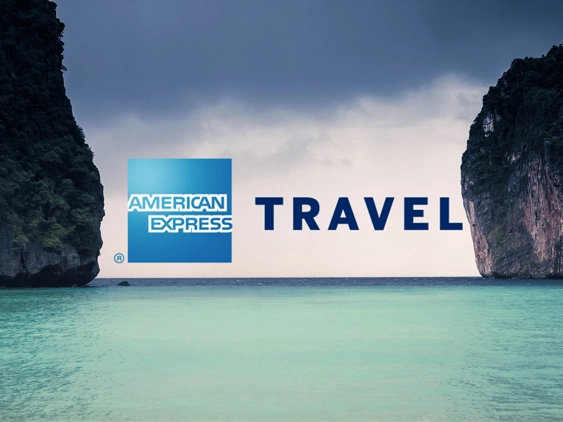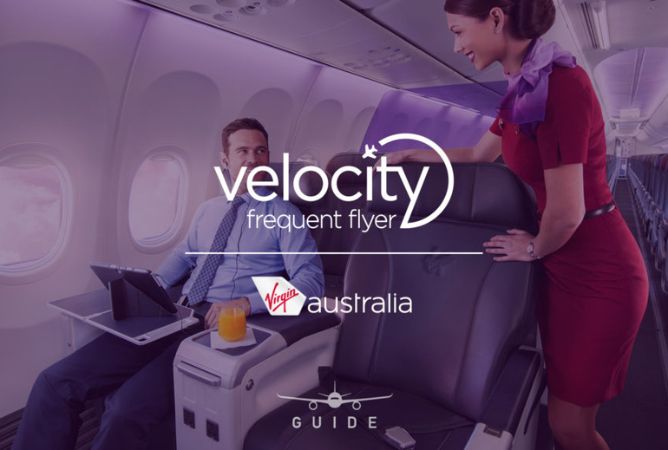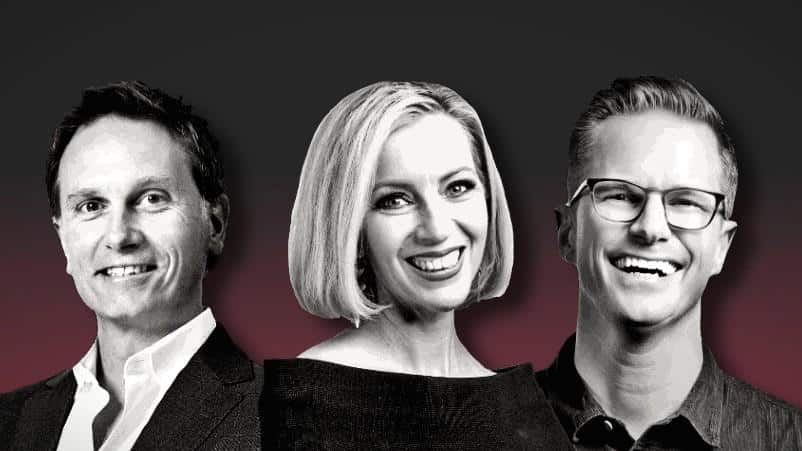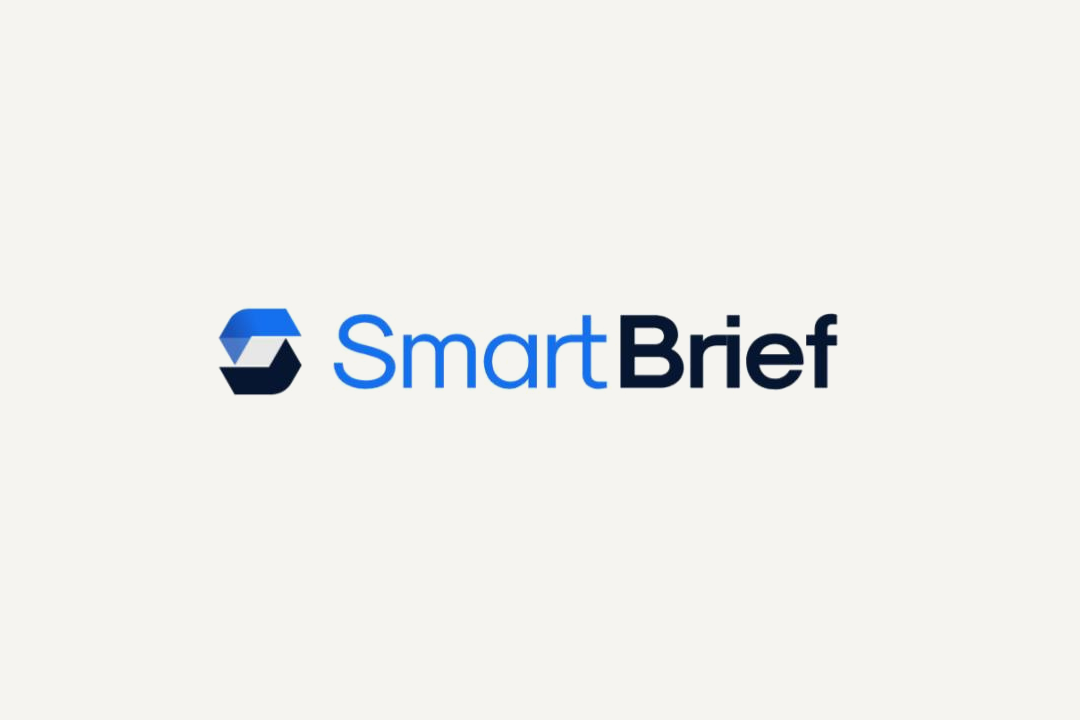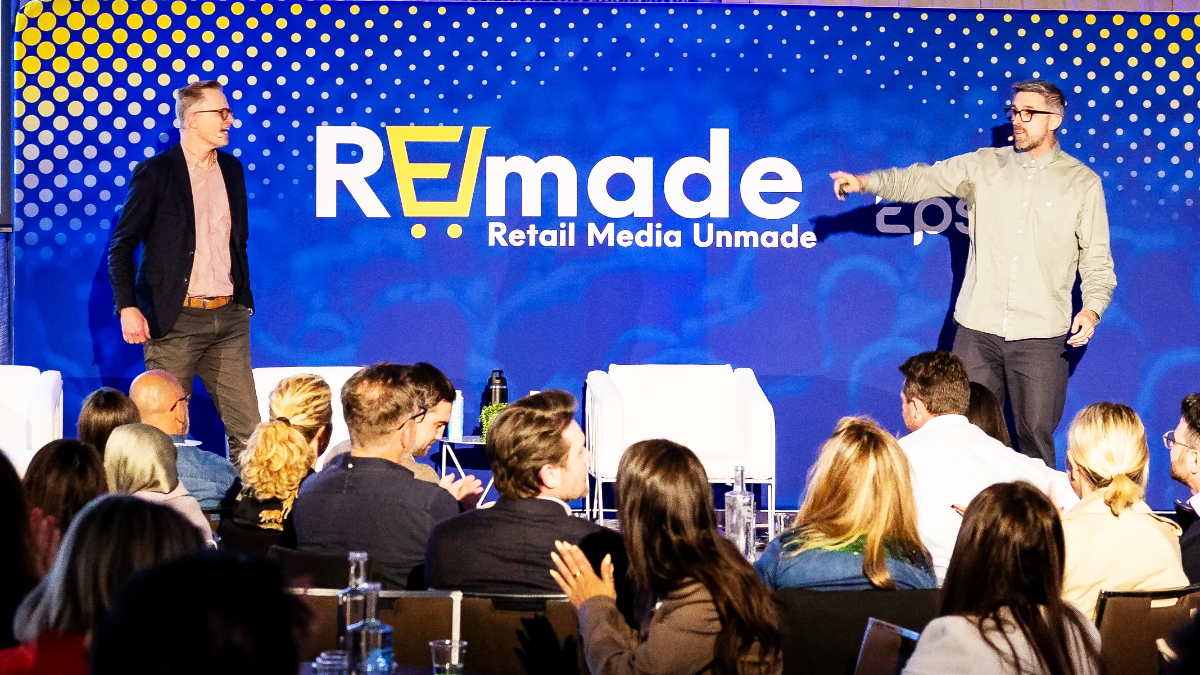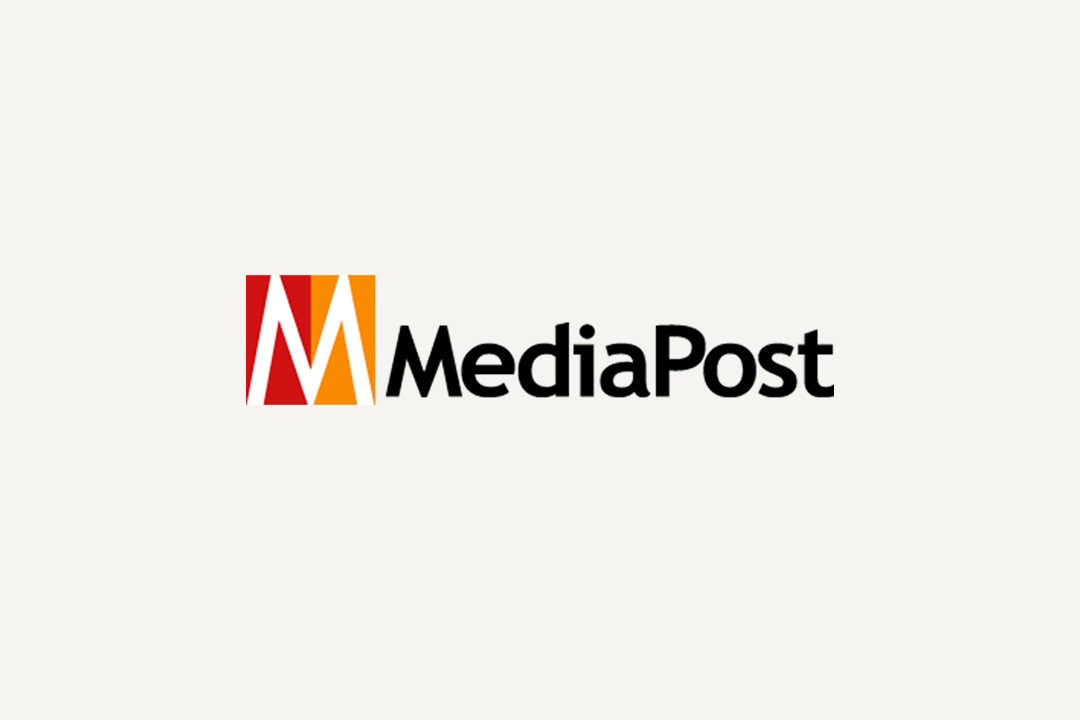“Owned media is far more efficient than paid media. I’d say in the magnitude of 30–40 per cent.”
– Julie Nestor, EVP, Head of Marketing & Communications, APAC, Mastercard
Julie Nestor was one of the earliest Australian marketers to leverage owned media at scale, first at Optus and American Express and now – via Hilton Hotels and eBay – at Mastercard. The APAC marketing chief says owned media helped Optus get beyond mobile and into broader media and communications – and moved the needle for Amex, both in bringing on more merchant partners and driving customer loyalty, retention and spend through personalised offers.
Listen to the podcast here
Now she says it is “by far” Mastercard’s most efficient channel via the ‘Priceless’ platform, with priceless.com both monetised and serving as the engine room for Mastercard and its main business partners – i.e. the big banks and their customers. Hence the firm continuing to invest heavily in owned media – everything from offsetting paid investment into its Australian Open partnership to building gaming platforms for banks and fintechs in Asia, to helping Ukrainian refugees find homes. But while owned media strategies today are increasingly sophisticated, the fundamentals remain the same as at Optus 20 years ago – which back then leveraged analogue customer bills to cross-sell. “Be where your customers are and where you are going to get most attention,” says Nestor.
Likewise, understanding the value of owned channels is key. Nestor worked with specialist owned media consultancy Sonder at Amex and again at Mastercard. Quantifying “real dollar figures” with “measurable numbers” both internally and externally to partners, she says, is critical in maximising leverage and underlining “how marketing supports a business to grow revenue”.
Sonder ran an owned media valuation audit for Mastercard across 10 markets, benchmarking metrics such as “click-throughs, time on site, sell-through” against “our $10 billion rate pool, which gives us a single source of truth” for owned asset value, per co-founder Angus Frazer.
Having worked with the likes of ANZ, Amex and Mastercard, Sonder’s Jonathan Hopkins thinks the finance sector is about to show the retail media sector just how powerful owned media can be – given its “unparalleled data” and massive footprint. “It’s the tip of the iceberg,” says Hopkins. “They are already way ahead of other companies.”
“Financial institutions are embracing and observing what's happening in retail media, and applying similar levels of sophistication and capabilities in-house, ramping up the resource, ramping up the tech stack … and they have customer spend data across every category.”
— Jonathan Hopkins, Co-Founder, Sonder
Here's what you need to know from this podcast:
Mastercard is “doubling down” on owned media leverage and using it to power growth engines for its own business and that of its B2B partners – banks and fintechs.
APAC marketing boss Julie Nestor says owned media is 30–40 per cent more efficient than paid media – and she’s dealing with circa “140 million customer impacts per month across the region” via Mastercard’s owned channels.
Putting a value on that level of owned media interaction is crucial to unlock its potential leverage both internally and externally. Hence working with specialist valuation firm Sonder – as she did at Amex.
Other financial sector players are taking a similar approach. ANZ has “restructured its entire team around leveraging owned data and channels as a priority,” per Sonder’s Jonathan Hopkins.
He thinks banking and fintechs are set to ramp up further – harnessing a deep pool of transaction data to power retail media-like approaches. Banking app Revolut, he says, is one to watch.
